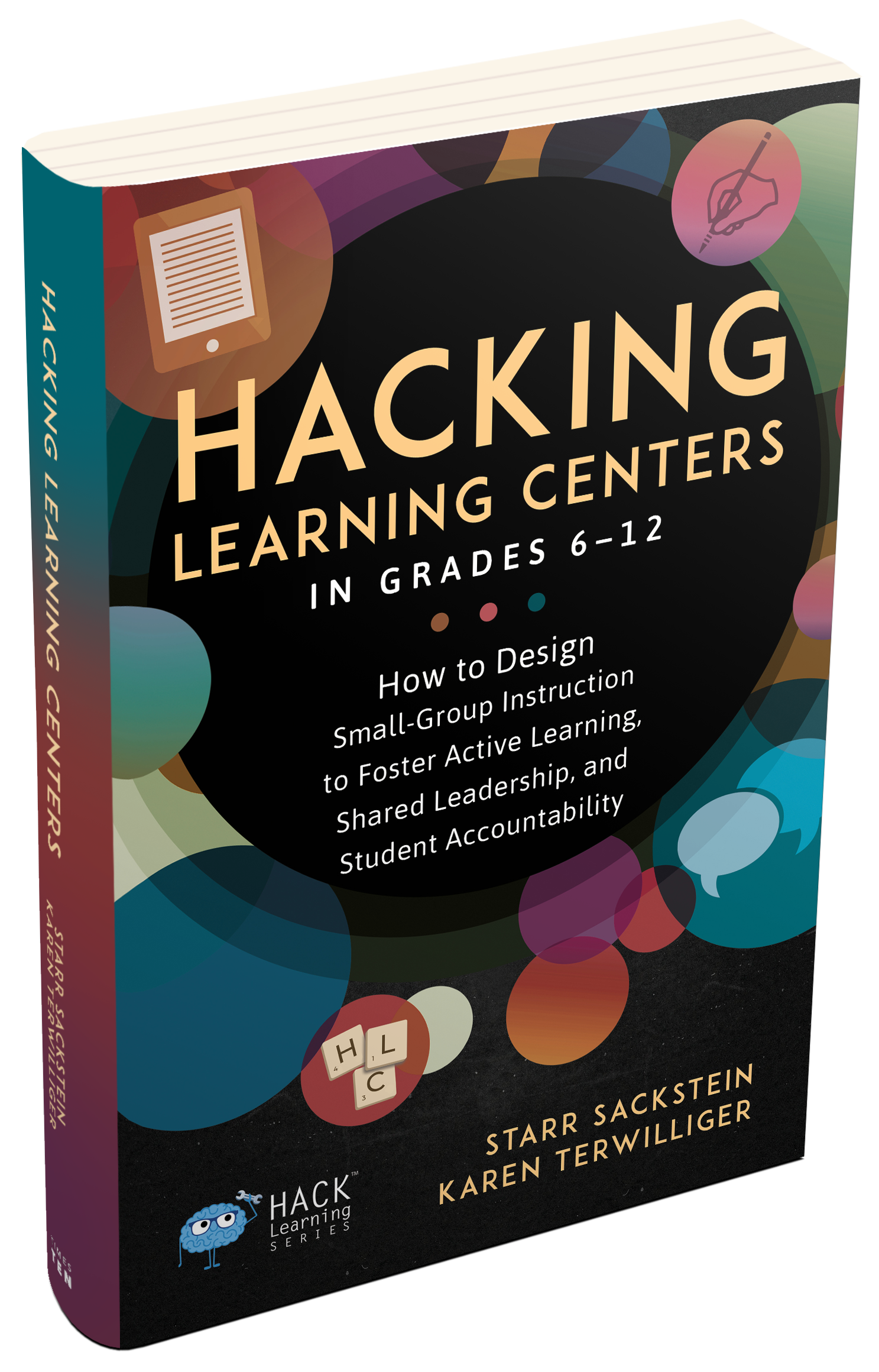6 Simple Steps To Make Learning Centers Work in Your Classroom
Sep 13, 2023
In today's educational spaces, group work is essential for students to thrive and succeed. By creating different spaces in your classroom where students can collaborate and explore learning at their own pace, they can benefit from a more dynamic and engaging learning experience. Learning centers are interactive, self-directed spaces where students can explore, experiment, and deepen their understanding of a subject.
When first introduced to centers, educators assume they are for elementary grades and lower. While they are often associated with early childhood education, their versatility and benefits extend to middle school, high school, and even higher education settings. Here are a few ways learning centers work for all students:
-
Subject Integration: Learning centers can be tailored to suit the subject matter being taught. Break down what you are teaching students into four or five different learning targets. You can then create learning centers dedicated to meeting your various targets.
-
Skill Development: Learning centers are not limited to content knowledge. In secondary and higher education, they can be used to develop critical thinking, research, and problem-solving skills. For instance, a college-level psychology class might have centers focusing on research methods, data analysis, and case study analysis.
-
Self-Paced Learning: When using learning centers with younger students, they need more teacher guidance, but are still able to complete an activity self-directed. In secondary and higher education, students are often expected to take more responsibility for their learning and can take full control of their learning. Centers allow students to approach a challenge in any way they deem necessary.
- Collaboration: Learning centers can promote collaborative learning in all grade levels. Design your centers to have different roles that each student would need to fill. Only when students are working together efficiently can their learning be effective.
Creating effective learning centers is a process that begins with you doing the planning and ends with students and teachers working together to design a classroom space where everyone thrives. There are just a few things you need to do to make your learning centers effective.
Step 1: Define Learning Objectives
Before you create learning centers, it's crucial to define clear learning objectives. What do you want your students to achieve by the end of the activity? How can I break down my overall goal into smaller, achievable tasks? What should students accomplish at each center? Consider the curriculum standards and the specific skills or knowledge you want students to acquire.
Step 2: Choose Appropriate Topics or Concepts
Select topics or concepts that align with your learning objectives and are suitable for exploration in a learning center setting. These topics should be engaging and have the potential for hands-on or interactive activities. If what you want your students to learn cannot be broken down or achieved in multiple learning steps, then centers may not be the right choice.
Incorporate students' passions and interests into the learning centers. Many students often have a deep passion for specific topics or subjects. Use this enthusiasm to your advantage by allowing them to explore these interests within the learning centers.
Step 3: Design the Learning Center Activities
Each learning center should have a unique and engaging activity that facilitates learning. The activity here should be purposeful and chosen because it is the best way for students to achieve that centers learning goal. Here are some ideas for activities:
- Hands-On Projects: Encourage students to create something related to the topic, such as models, art projects, or experiments.
- Games and Puzzles: Develop educational games or puzzles that reinforce key concepts.
- Research Stations: Provide materials for students to conduct research and present their findings.
- Role-Playing: Create scenarios that require students to assume roles and apply their knowledge in real-world contexts.
- Collaborative Work: Set up group activities that promote teamwork and problem-solving.
- Digital Learning: Utilize technology and online resources for interactive learning experiences.
Step 4: Arrange the Physical Space
The physical layout of your classroom plays a pivotal role in the success of learning centers. Regardless of the grade level, design spaces that inspire learning. Arrange the learning centers in a way that allows for easy navigation and minimizes distractions. Clearly label each center and provide a designated space for students to work. Centers should be:
- conducive for group work
- easily accessible
- comfortable
- supplied with the materials students will need to complete their activity
Step 5: Implement a Rotational System
To maximize the benefits of learning centers, consider implementing a rotational system. This means that students will have the opportunity to visit different centers over a set period. Rotations can be daily, weekly, or based on your curriculum schedule.
Before setting up your centers make sure you are maximizing students' learning and giving them enough time to succeed. How long do you want your students in centers? When should they move onto another center? How do the centers work together to help students reach their ultimate learning goal?
Step 6: Monitor, Assess, and Reflect
Formative assessment is a powerful tool in any classroom. As students engage with the learning centers, actively monitor their progress and provide guidance as needed. Use this data to make informed adjustments to the learning centers and ensure they align with the course objectives.
After the learning centers have been implemented, take time to reflect on their effectiveness. Did they meet the learning objectives? Were there any challenges or areas for improvement? Use this feedback to refine your approach and make necessary adjustments for future use.
Integrating learning centers into your curriculum can transform your teaching and enhance the educational experience for your students. These dynamic spaces foster personalized learning, active engagement, and independent learning skills.
By following the steps outlined in this guide, you can create meaningful and effective learning centers that promote student success and enthusiasm for learning. Go ahead and embark on this exciting journey of integrating learning centers into your curriculum, and watch your students thrive.






